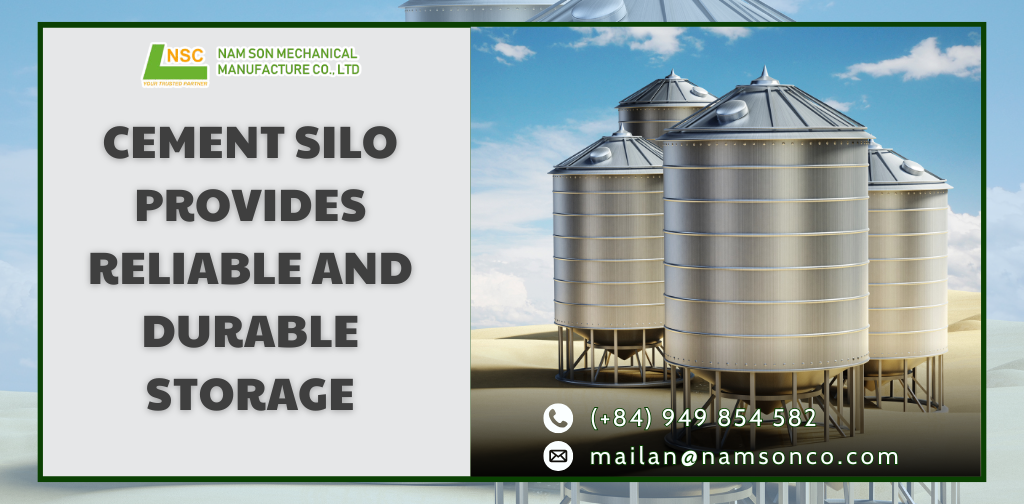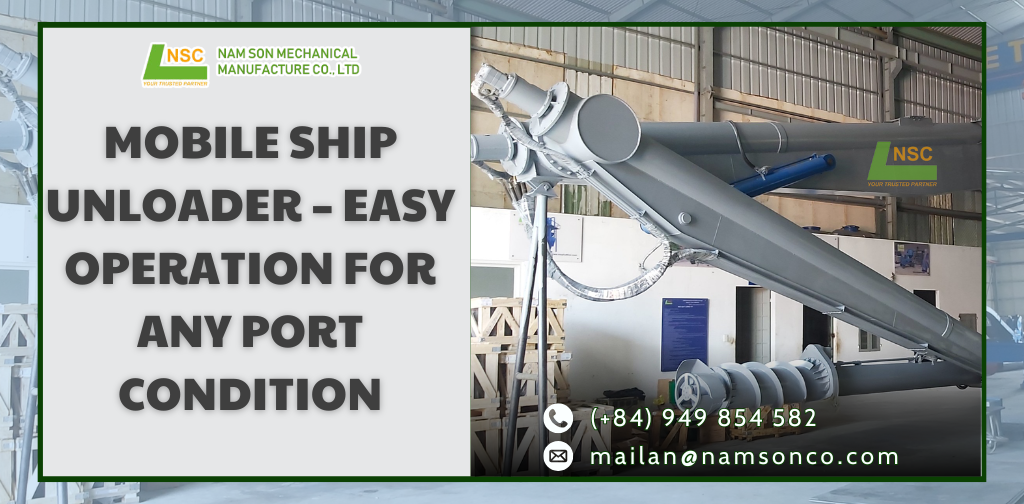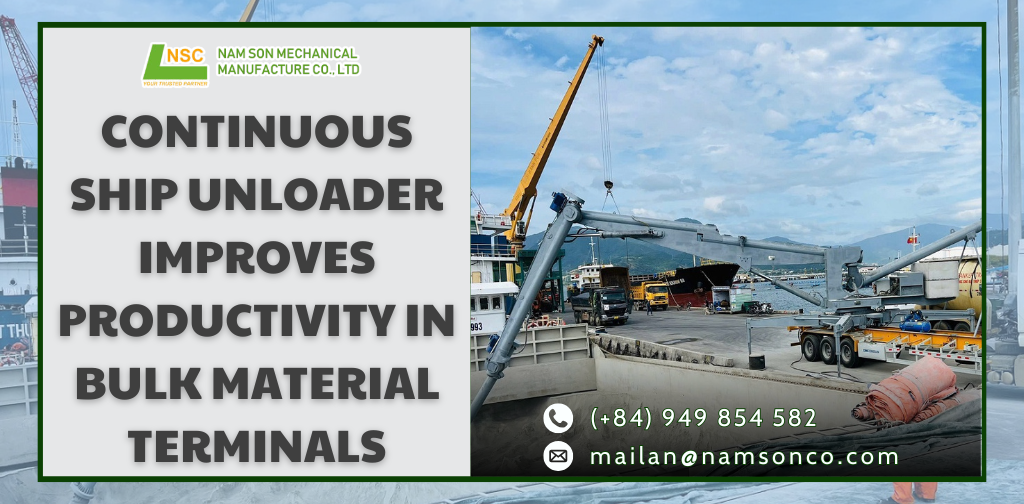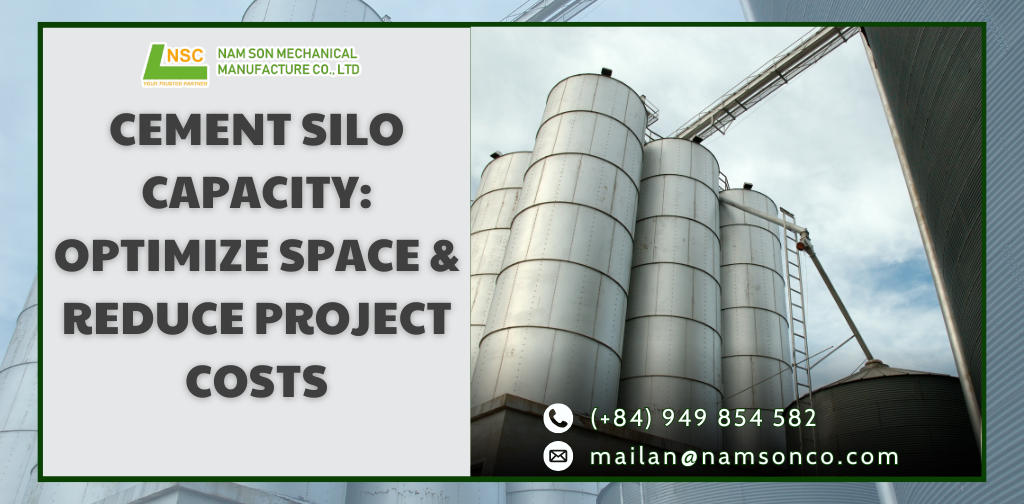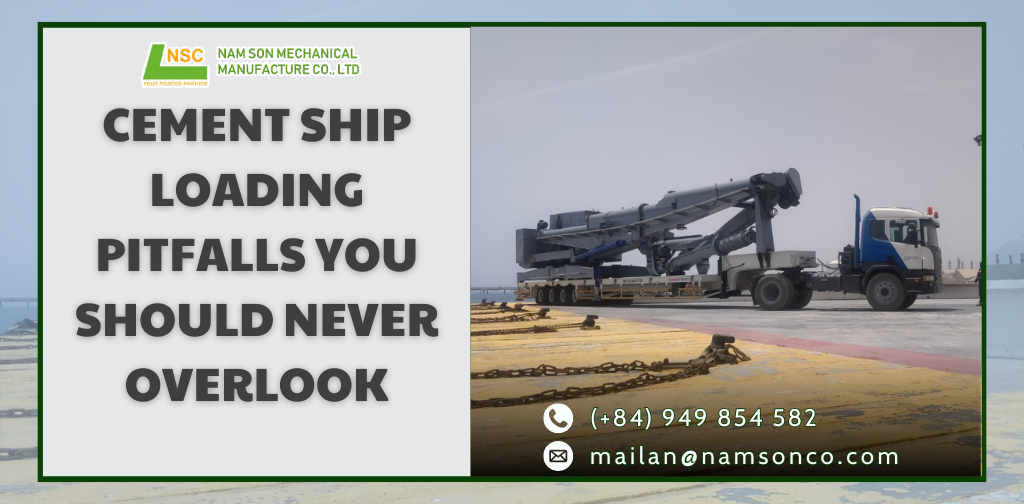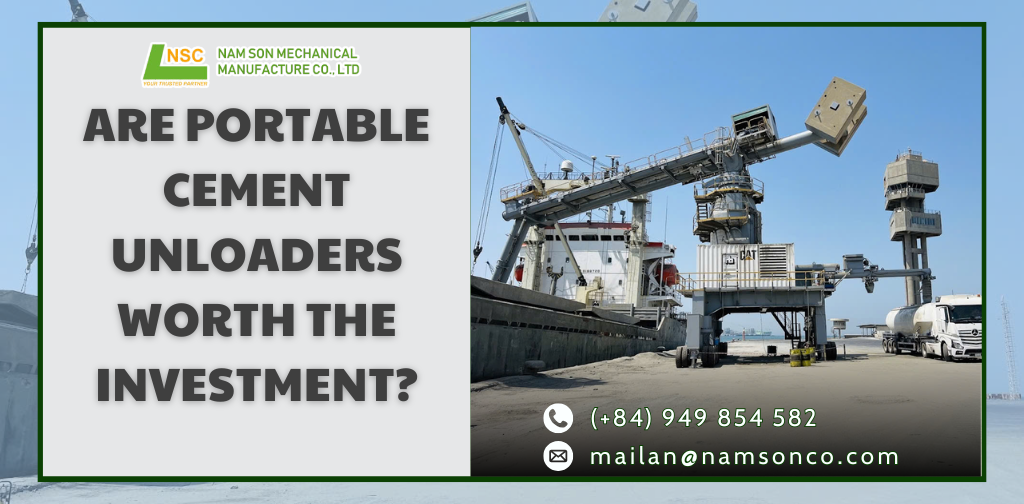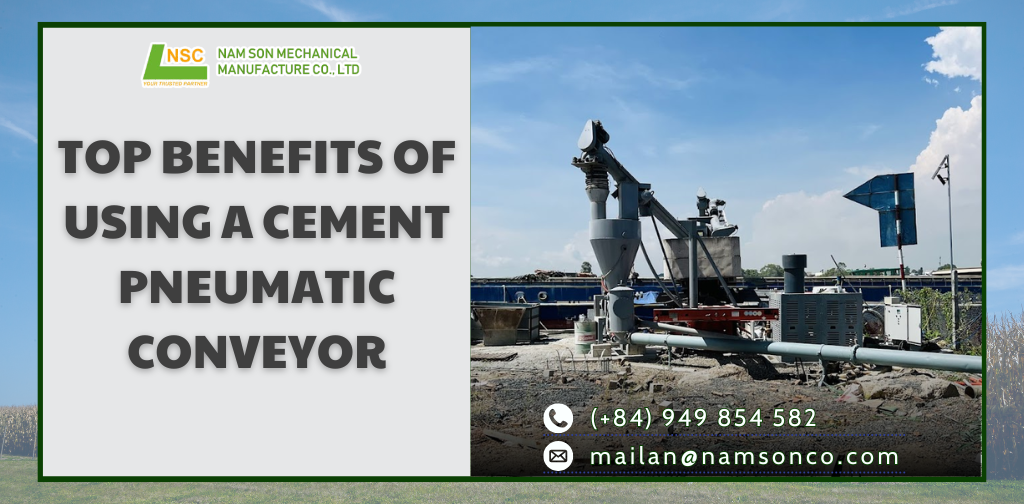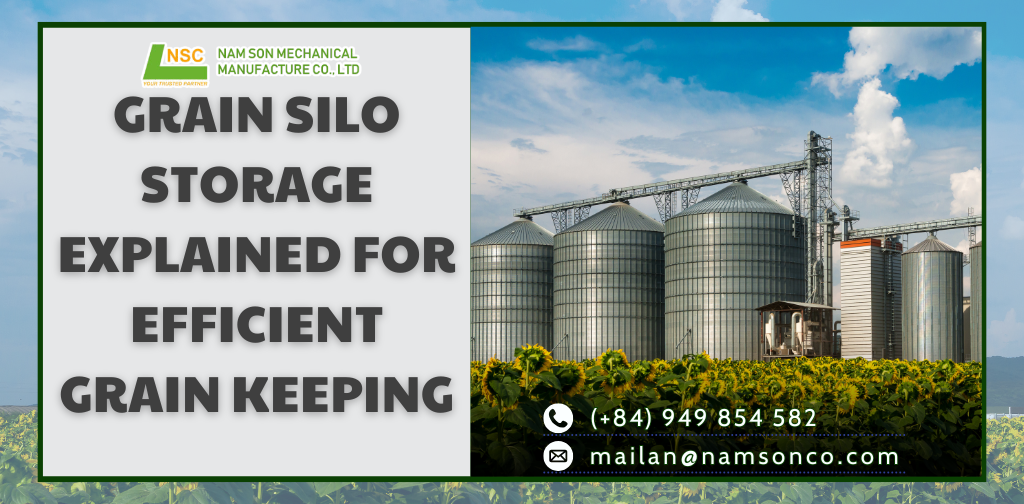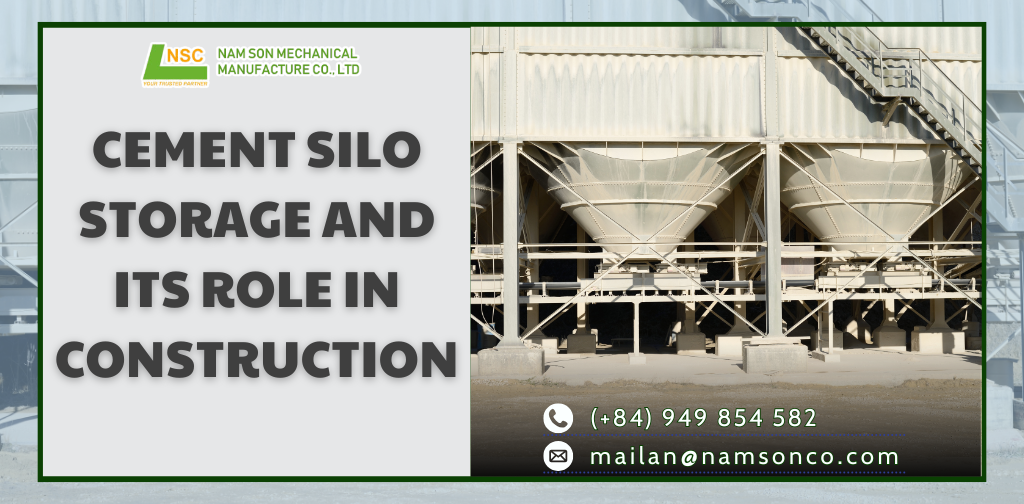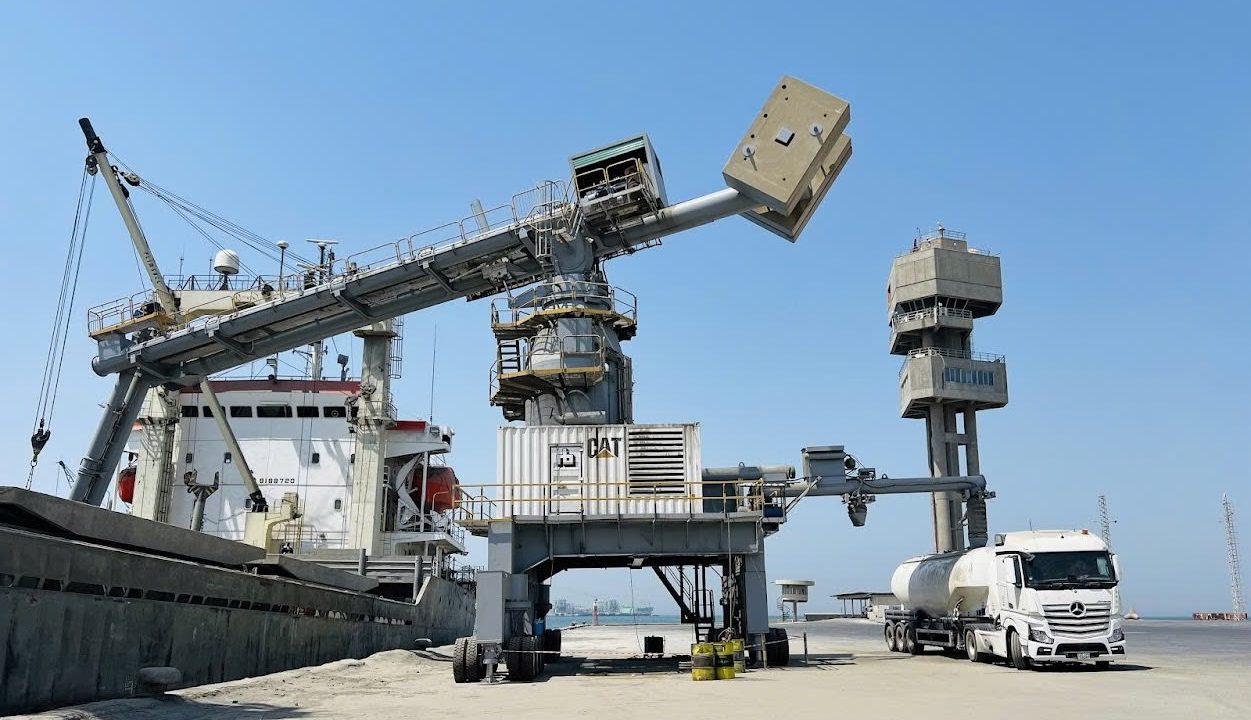Choosing the right grain silo is not just about storage; it’s about protecting your harvest, preserving quality, and ensuring your farm operates efficiently throughout the year. Whether you run a small family farm or a large-scale grain operation, investing in the right type of silo can make a major difference in your yields, costs, and peace of mind.
In this guide, we’ll help you understand what grain silos are, what benefits they bring, the different types available, and how to select one that truly fits your farm’s unique needs.
What is a grain silo, and why does your farm need one?
A grain silo is a tall structure used to store bulk materials; most commonly grains like corn, wheat, soybeans, or barley. These structures protect the grain from weather, pests, and spoilage, while also facilitating the management of bulk storage and handling.
Modern grain silos come in various materials (like steel or concrete) and configurations (such as flat-bottom or hopper-bottom designs). The basic principle is simple: they allow you to store grain in bulk, keep it dry and ventilated, and access it easily when needed.
Silos also play a critical role in grain containment, temperature regulation, and moisture control, making them indispensable for preserving grain quality during off-season periods or before transport
=>>SEE MORE: Grain silo storage explained

Why choosing the right grain silo can make or break your harvest
A poorly chosen silo can lead to grain spoilage, pest infestation, structural failure, or simply waste your investment. On the other hand, the right grain silo tailored to your environment and operational needs can offer:
∗ Improved preservation of grain with controlled humidity and temperature
∗ Reduced spoilage and mold through proper airflow and aeration systems
∗ Higher resale value thanks to maintained grain quality
∗ Streamlined workflow, including loading, unloading, and monitoring
Think of your silo as more than storage; it’s a safeguard for the months of hard work you’ve put into cultivation and harvesting.

Types of grain silos and which one is right for you
There is no one-size-fits-all solution when it comes to grain storage. Your farm’s size, location, crop type, and budget all affect what silo works best for you. Let’s explore the most popular silo options and what makes each one unique:
1. Steel grain silos – The popular all-rounder
Steel silos are a favorite among many farmers due to their durability, ease of assembly, and resistance to pests. Most come in modular designs and are available in both flat-bottom and hopper-bottom styles.
2. Concrete grain silos – Built to last
Concrete silos are heavy-duty and built for decades of use, especially in areas with extreme weather conditions. They offer thermal insulation and require little maintenance once built.

3. Hopper bottom silos – For easy flow and fast discharge
These hopper-bottom silos are designed with conical bottoms for fast, gravity-fed unloading. They’re perfect when you need quick turnaround or frequent emptying.
4. Portable grain bins – Flexibility for small farms
Not every farm needs a massive structure. Portable grain bins offer flexible, affordable, and temporary storage solutions, especially for small farms or seasonal use.

5. Comparing 4 common types of grain silos
| Silo type | Material | Best for | Pros | Cons |
| Steel grain silos | Corrugated steel | Large-scale storage, easy handling | Durable, weather-resistant, stackable | Higher cost, needs maintenance |
| Concrete silos | Reinforced concrete | Long-term, heavy-duty storage | Very durable, low temp fluctuation | Expensive to build and relocate |
| Hopper bottom silos | Steel or aluminum | Quick discharge, feed mills | Easy unloading, efficient airflow | Less capacity, costly base support |
| Portable grain bins | Lightweight steel | Small farms, flexible locations | Easy to move, low cost | Limited capacity, short lifespan |
Each type of grain silo serves a different purpose depending on your farm’s size, budget, and grain management needs. Steel silos offer long-term durability and are ideal for large operations, while concrete silos provide excellent insulation for areas with extreme temperatures. Hopper bottom silos ensure quick discharge, making them perfect for high-throughput farms, whereas portable grain bins give smaller farms the mobility and cost-efficiency they need. By evaluating your farm’s workflow, climate conditions, and storage goals, you can choose a silo system that supports both your productivity and your bottom line.
Considerations for setup, maintenance, and safety
No matter how good your silo is on paper, it won’t perform unless it’s installed and maintained correctly. Keep these essential factors in mind:
− Foundation: A solid base is critical. Poor foundations lead to structural stress and silo failure.
− Ventilation: Proper airflow systems prevent condensation and mold. Consider installing fans and vents for better aeration.
− Moisture Monitoring: Invest in grain moisture sensors and temperature monitoring tools to prevent spoilage.
− Cleaning and Pest Control: Silos should be cleaned between harvests and sealed to prevent insect and rodent entry.
− Safety Protocols: Always follow OSHA standards for worker safety, including fall protection, lock-out/tag-out procedures, and confined space awareness.
Maintenance ensures not just the lifespan of the silo but also the preservation of your grain’s quality.

Final thoughts: Choosing the best grain silo is an investment in your farm’s future
Selecting the best grain silo isn’t just about specs; it’s about knowing what your farm truly needs. Are you storing grain for long or short term? Do you live in a humid climate? How quickly do you need to access your grain?
Every farm is different, and the right storage system can improve not only your harvest efficiency but also your bottom line.
Whether you choose steel, concrete, hopper, or portable silos, make sure your investment is aligned with your scale, crops, and long-term vision.
Let our grain storage experts guide you through the process.
Contact us today for a custom solution that fits your farm, budget, and storage goals.
CONTACT US
- Website: namsonco.com | mayhuthoi.com
- Alibaba: dthson.trustpass.alibaba.com
- Facebook: facebook.com/NamSonPneumaticConveyor
- Zalo/Whatsapp: (+84) 949854582
- Email: mailan@namsonco.com | thanhson@namsonco.com



